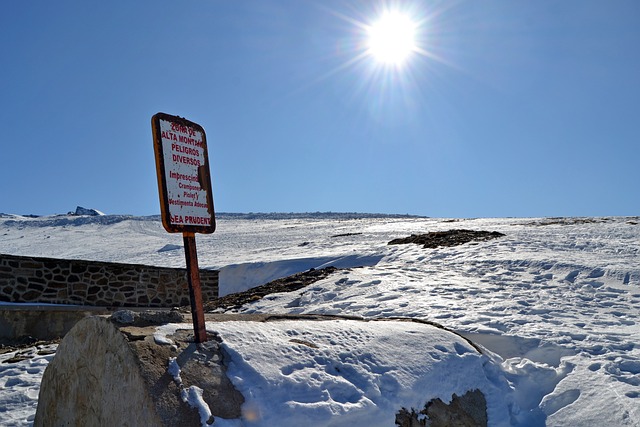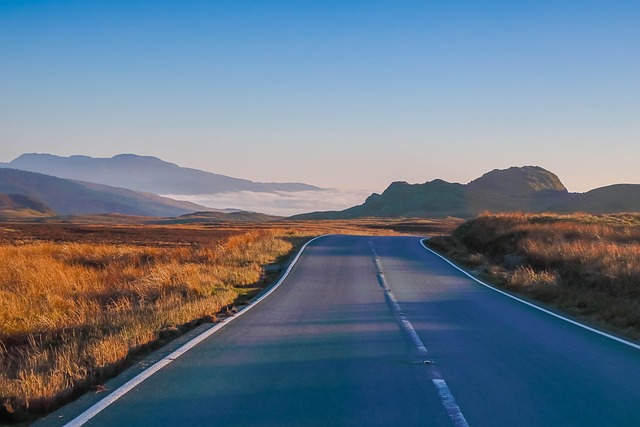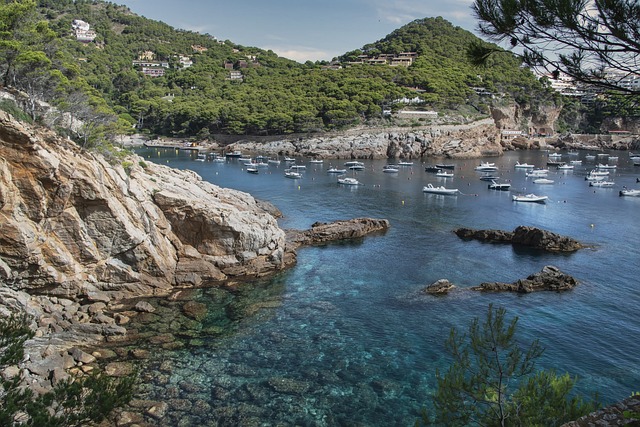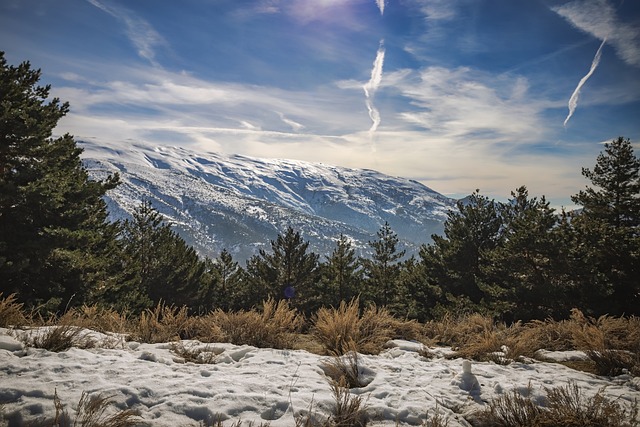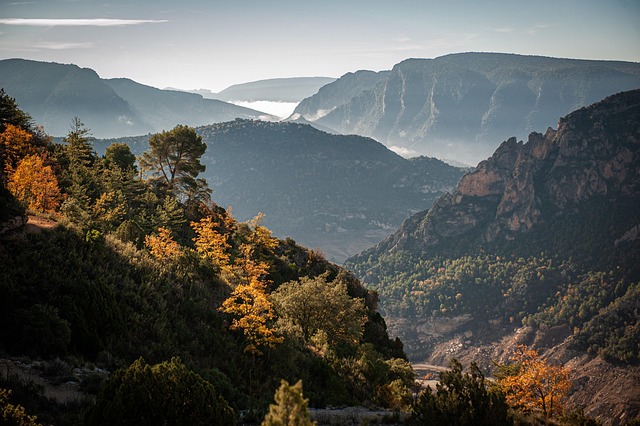In the vibrant southwestern desert, suburban lifestyles offer a unique blend of tranquility and urban access, appealing to homebuyers seeking spacious living and strong community bonds. These communities boast modern amenities like parks, schools, and sustainable practices, enhancing quality of life and real estate value. Harsh climate conditions shape architectural styles with shade, efficient cooling, and drought-resistant landscapes, while solar initiatives align with the region's needs and growing demand for sustainable living.
“Discovering the allure of suburban living in the southwestern desert, where a unique blend of modern amenities and natural beauty thrives. This article explores how this distinct climate shapes the real estate landscape, inspiring innovative community design. From outdoor recreation to thriving local scenes, we delve into the common amenities that define these vibrant neighborhoods. Understanding the connection between climate and real estate, we uncover why this region offers an attractive, suburban lifestyle like no other.”
Understanding the Suburban Lifestyle in the Southwest Desert
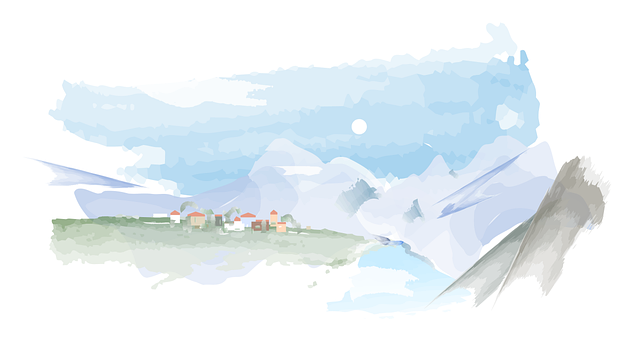
In the vibrant landscape of the southwestern desert, understanding the allure of the suburban lifestyle is key to appreciating the region’s unique real estate market. Here, the term ‘suburban’ takes on a distinct flavor, offering a serene escape from the bustling city centers while still providing easy access to urban conveniences. This harmonious blend of tranquility and connectivity is a significant draw for many prospective homebuyers.
The suburban lifestyle in this climate presents a range of advantages. Residents enjoy spacious living, often with larger yards, which are not only ideal for outdoor activities but also allow for tailored landscaping suited to the desert environment. Additionally, these communities tend to foster a strong sense of neighborhood, where residents create close-knit connections, sharing a unique bond shaped by the region’s distinct character.
Common Amenities Found in These Communities

Suburban communities in the southwestern desert climate offer a unique blend of modern amenities and natural beauty, making them highly attractive for real estate pursuits. Common amenities found in these areas often include well-maintained parks with recreational facilities, such as playgrounds, basketball courts, and picnic areas, providing spaces for residents to connect with their neighbors and enjoy outdoor activities despite the arid landscape.
Additionally, these suburban communities frequently boast robust infrastructure, featuring high-quality schools, community centers, and easy access to major transportation routes. Many also have a strong focus on sustainability, incorporating green spaces, solar initiatives, and water conservation measures into their designs. These amenities not only enhance the quality of life for residents but also contribute to the overall appeal and value of real estate in these southwestern suburban areas.
How Climate Influences Real Estate Choices and Community Design
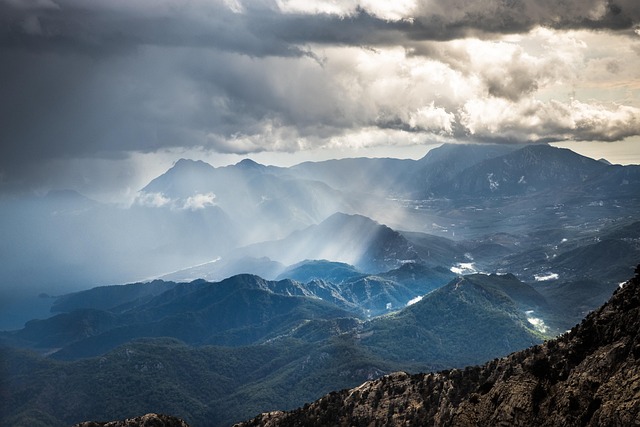
In the southwestern desert climate, the harsh conditions—including scorching summers and minimal rainfall—significantly shape real estate choices and community design. Prospective homeowners often opt for properties with ample shade, efficient cooling systems, and access to water resources. This influences architectural styles, with many homes featuring wider roofs, larger windows, and energy-efficient insulation to mitigate the intense heat. Community spaces are designed with sustainability in mind, incorporating features like drought-resistant landscaping and smart irrigation systems.
The climate also drives the placement of amenities. Suburbs in this region often prioritize open green spaces and recreational facilities that provide relief from the desert heat. Pools, community gardens, and shaded parks become essential gathering spots, fostering a sense of community among residents. Furthermore, real estate developers are increasingly incorporating solar panels and other renewable energy sources into their projects, aligning with the region’s arid environment and the growing demand for sustainable living.
